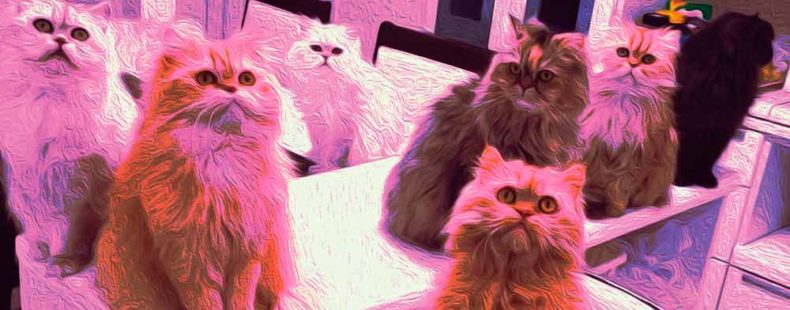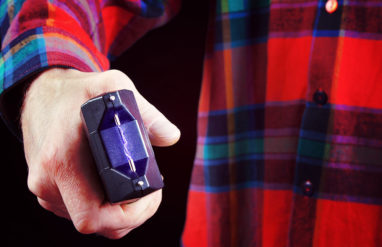Cat lady
One idea for the origin of the cat lady trope roots it in the 1800-1900s, when etchings and cartoons started popping up showcasing unmarried “old maids” and their “unnatural” love for their kitties, including in literature. The cat-lady stereotype heightened in the 1990s (thanks to The Simpsons‘ Eleanor Abernathy) and continued to rise in the 2000s.
Nowadays, cat ladies don’t always have the best reputation, but they are slightly more acceptable—thanks to major cultural events (women standing up for themselves, yay!), a huge online presence, and perhaps Taylor Swift’s love for her cats.
So, maybe you’ve been accused of being a cat lady … or you’re a self-proclaimed one. Of course, there’s room for cat gentlemen, too! Whatever the case, embrace that love of cats by discarding the pejorative connotations—and expand your feline vocabulary as we build the leading Cat Lady Dictionary together. Cat ladies, unite!

























